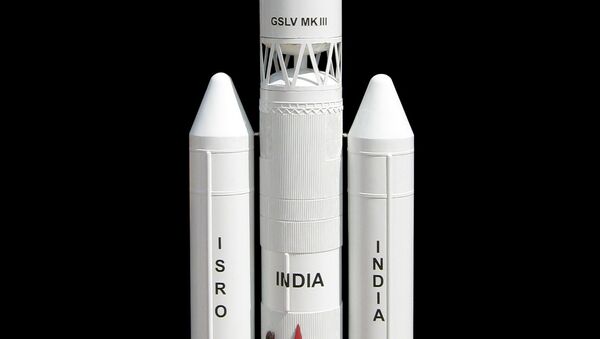"Earlier, we were doing 2-3 (launches) per year, then we increased it to 4-5, last few years we have been doing seven launches. Now, we are trying to go up to 8-9 PSLV per year, two GSLV-Mk II and one GSLV-Mk III. Total about 12 per year," PTI quoted the ISRO chairman as saying.
Noting that it will require capacity addition, the ISRO chairman said the agency is at present building a second vehicle assembly building to improve the turnaround time. It will increase output for the PSLV and ISRO will be able to use the same launch pad for more launches.
Experts concurred with Kumar, saying that ISRO has proven its capabilities and taking additional steps to scale up its operations, including roping in private players.
"The demand for ISRO's satellites is high. ISRO offers reliable technology; it is cost-effective as we all saw the launch of over 100 satellites at one go," Dr. Mayank Vahia, Scientist at the Mumbai-based Tata Institute of Fundamental Research in the Department of Astronomy and Astrophysics, told Sputnik.
"Another salient point is the English connect, especially when it comes to dealing with clients from the English-speaking world. It makes the whole process transparent and communication much effective. Another aspect, which will now work in ISRO's favor, is that they are sub-letting a lot of manufacturing and other processes to private players. Earlier, everything was in-house production. Godrej, L&T and many start-up firms of former ISRO employees are now actively collaborating with them. This will definitely help the agency," Dr. Vahia concluded.
The ISRO chairman shed light on future plans for the space agency as well. While the approval for a proposed space station is yet to come, ISRO plans to undertake the Chandrayaan-2 mission in the first quarter of 2018, Kumar said.




